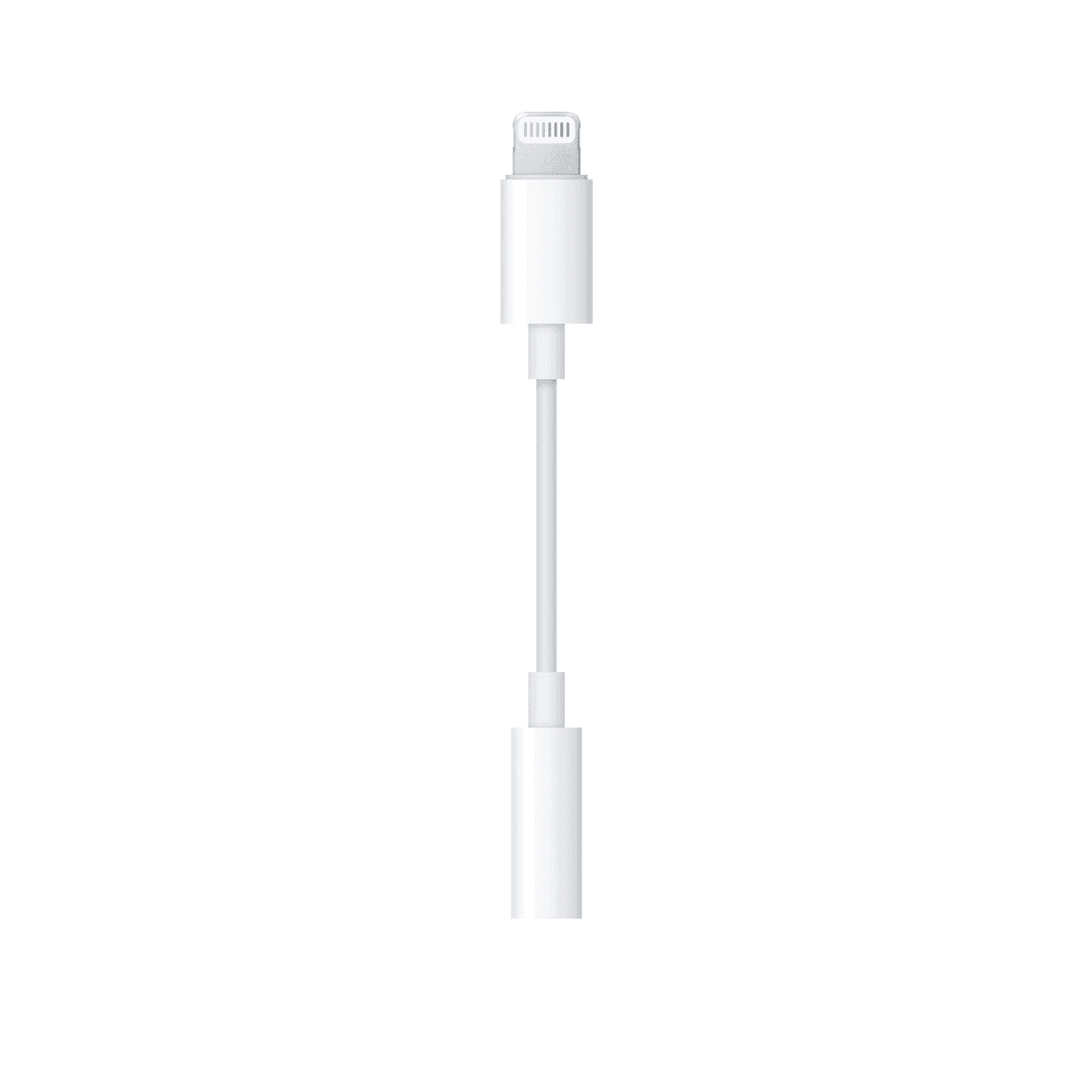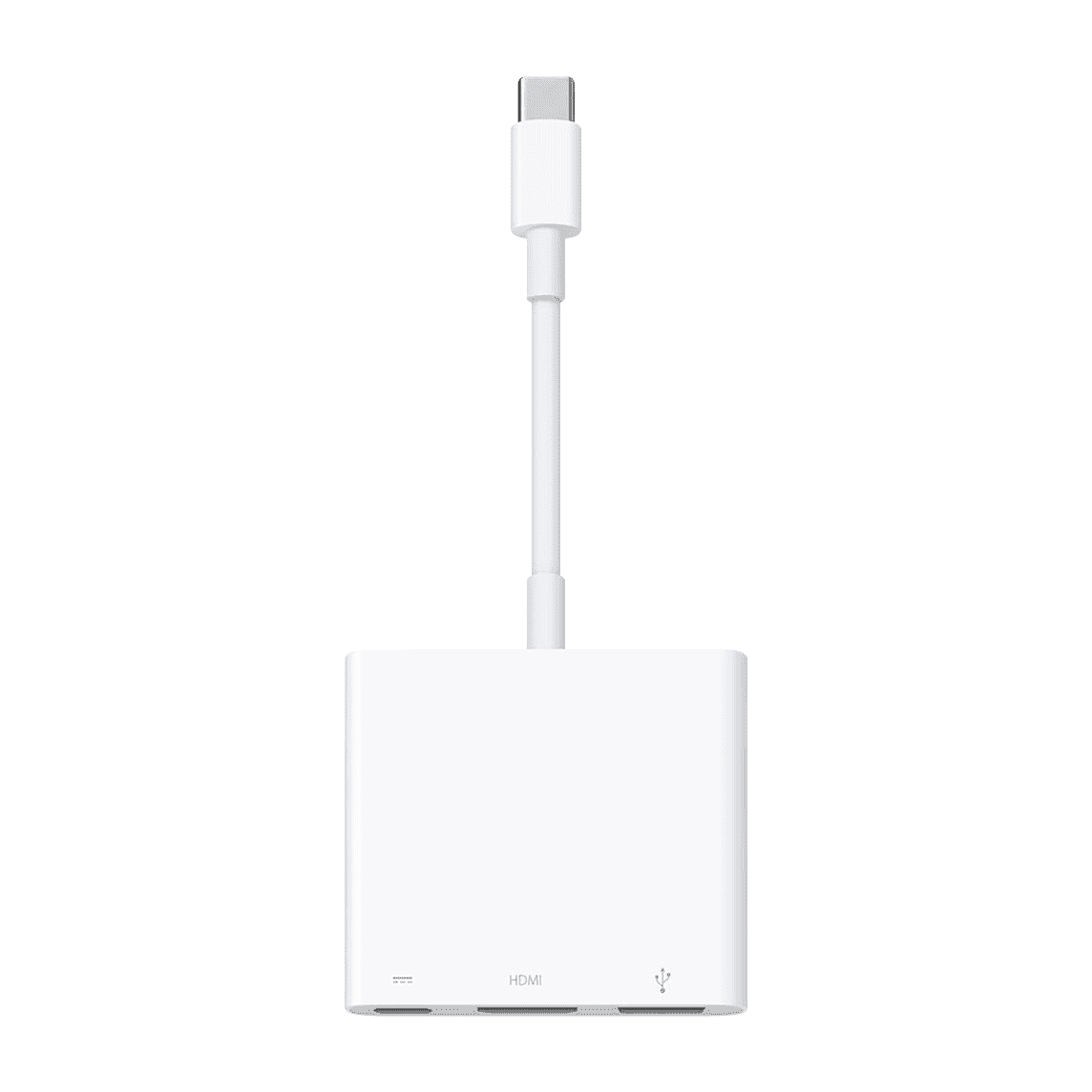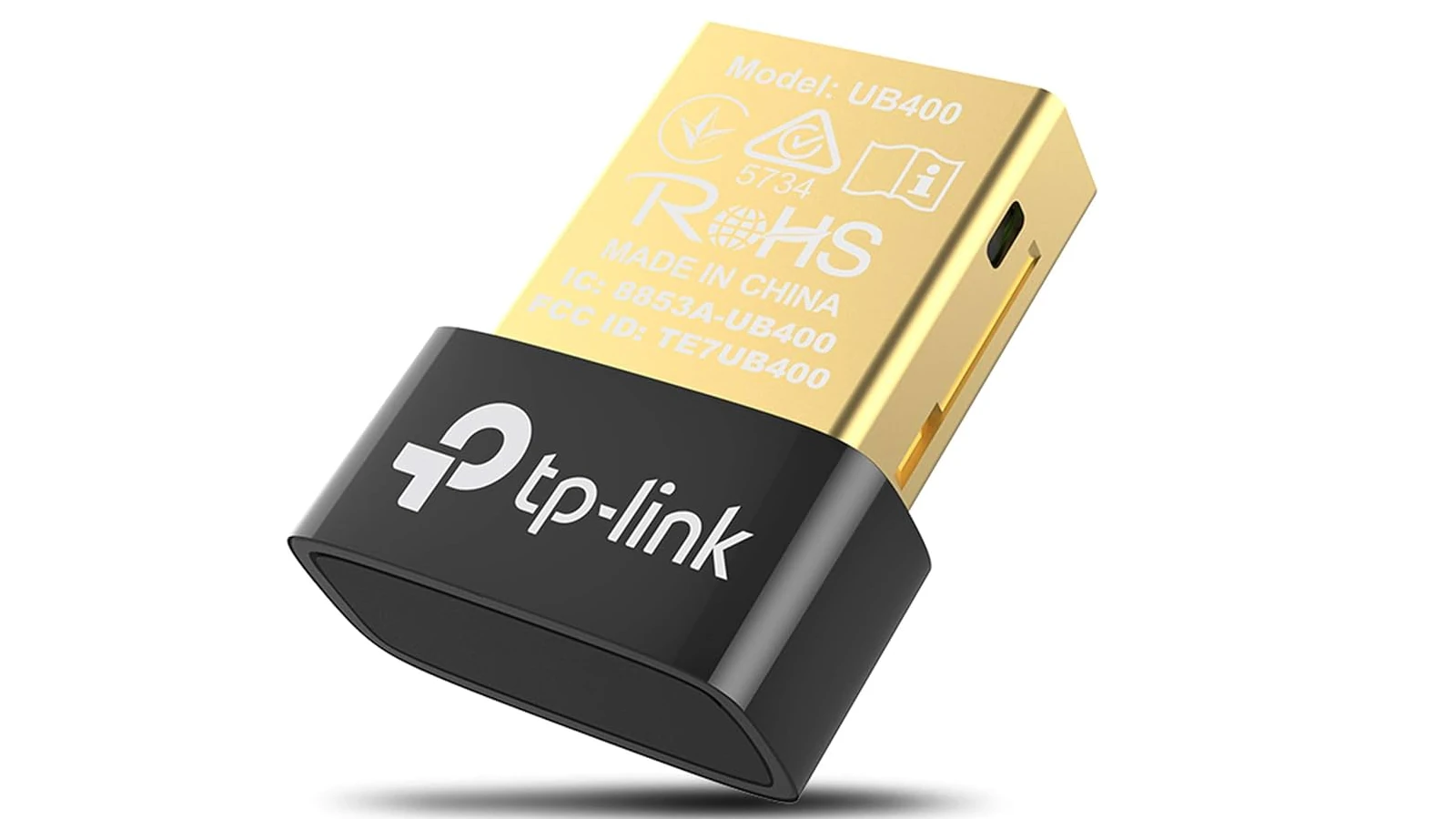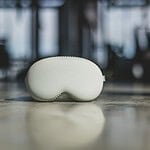A dongle is a small device that plugs into a computer or other gadget. It adds new features or makes things work better. Dongles can do many jobs. Some give computers Wi-Fi or Bluetooth. Others let you use special software or play games.
Dongles are easy to use. Just plug them in and they work. They’re small so you can take them anywhere. This makes them great for people who travel or use different computers.

Unraveling the Dongle’s Versatility: A Multi-Purpose Tool
Connectivity Expansion
Dongles often act as bridges, connecting devices that lack certain ports or wireless capabilities. A common example is a USB Wi-Fi dongle, which adds wireless internet connectivity to laptops or desktops without built-in Wi-Fi. Similarly, Bluetooth dongles enable wireless communication with devices like headphones, keyboards, and mice.
Security Enhancement
Some dongles serve as security keys, providing an extra layer of protection for your online accounts. These dongles typically require physical presence or biometric authentication to grant access, making it significantly harder for hackers to compromise your accounts.
Storage Solutions
USB flash drives, or thumb drives, are essentially storage dongles. They offer a convenient way to store and transfer files between devices. With their compact size and plug-and-play functionality, they are ideal for carrying documents, photos, videos, and other data on the go.
Media Streaming and Audio Enhancement
Dongles can also enhance your media experience. Chromecast and similar devices let you stream content from your phone or computer to your TV. Audio dongles can add high-quality sound output to devices that lack dedicated audio ports, or provide additional audio input/output options for professional audio setups.
Adapting to Legacy Ports
As technology evolves, older ports like VGA or DVI might become obsolete on newer devices. Dongles provide a solution by converting these older ports to newer standards like HDMI or USB-C, ensuring compatibility with modern displays and peripherals.
Table: Common Uses of Dongles
| Type of Dongle | Function |
|---|---|
| Wi-Fi Dongle | Adds wireless internet connectivity to devices without built-in Wi-Fi. |
| Bluetooth Dongle | Enables wireless communication with Bluetooth devices like headphones, keyboards, and mice. |
| Security Key Dongle | Provides an extra layer of security for online accounts using two-factor authentication. |
| USB Flash Drive (Storage Dongle) | Stores and transfers files between devices. |
| Media Streaming Dongle | Streams content from your phone or computer to your TV. |
| Audio Dongle | Enhances audio output or provides additional audio input/output options. |
| Port Adapter Dongle | Converts older ports like VGA or DVI to newer standards like HDMI or USB-C. |
Key Takeaways
- Dongles are small devices that add features to computers
- They plug into USB ports and are easy to use
- Dongles can add Wi-Fi Bluetooth or unlock software
Types and Functions of Dongles
Dongles are small devices that plug into ports on computers and other gadgets. They add new features or boost existing ones. Dongles come in many types for different uses.
Connectivity Dongles
WiFi dongles give internet access to devices without built-in WiFi. They plug into USB ports and connect to wireless networks. This lets old computers or smart TVs get online.
Bluetooth dongles add wireless abilities to devices that lack them. They let you use Bluetooth keyboards mice or headphones with older computers.
4G and 3G dongles provide mobile internet on the go. They work like portable hotspots giving internet to laptops and tablets anywhere there’s cell service.
Security and Software Protection
Security dongles guard against illegal copying of software. They’re small devices that must be plugged in for the program to work. Without the dongle the software won’t run.
Hardware keys are another name for these dongles. They often use USB ports and contain special codes. The software checks for this code before it starts up.
Some security dongles have extra functions. They may store user settings or license info. This makes it easy to move software between computers.
Media and Audio Enhancement

Media player dongles turn regular TVs into smart TVs. Popular ones include Chromecast and Fire TV Stick. They plug into HDMI ports and stream shows and movies from the internet.
These dongles often have their own remote controls. They let you watch Netflix YouTube and other services on any TV.
Audio dongles can improve sound on computers and phones. They plug into USB ports and act as external sound cards. This gives better audio quality than built-in speakers or headphone jacks.
Data Storage and Transfer
Storage dongles are like tiny portable hard drives. They plug into USB ports and hold files photos and videos. Common types include USB flash drives and memory sticks.
These dongles make it easy to move data between devices. They work on most computers without needing extra software.
Some storage dongles have extra features. They might have built-in encryption to protect sensitive files. Others can back up data automatically when plugged in.
Understanding How Dongles Work
Dongles are small devices that add features to computers and other electronics. They plug into ports and do many useful things. Let’s look at how they work and how to set them up.
Mechanism of Action
Dongles connect to USB ports on computers or other devices. They have tiny chips inside that do different jobs. Some dongles add wireless internet. Others give extra security or storage space.
Wireless dongles have antennas to send and receive signals. They let devices connect to Wi-Fi or Bluetooth networks. Security dongles check if software is allowed to run. They protect against copying.
Storage dongles work like small hard drives. They can hold files, photos, and other data. Some dongles even add new ports to devices. This lets you plug in more things.
Compatibility and Setup
Most dongles work with many types of computers and devices. They often use USB ports which are common on laptops and desktops. Some newer dongles use other ports like USB-C.
Setting up a dongle is usually easy. You plug it in and the computer finds it. Sometimes you need to install software called drivers. These help the computer talk to the dongle.
For wireless dongles you may need to enter network info. This includes names and passwords. Security dongles might ask for special codes. Storage dongles often work right away with no setup.







